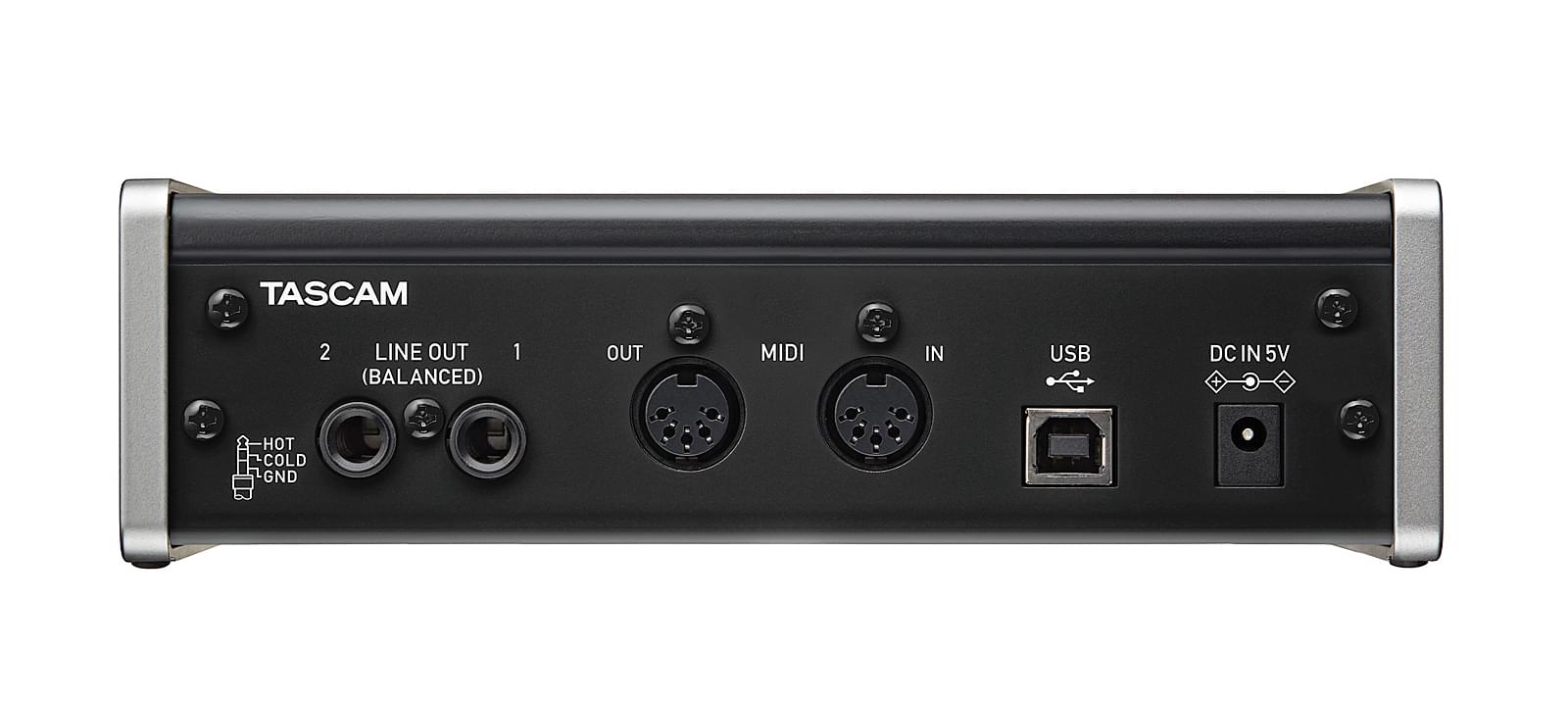
The metallic blue 428 resembles a Portastudio, which is sensible as many of us are familiar with such machines. Beneath the control panel is the window which shows which bank of controls in Cubase the 428 is currently referring to. The current state of the unit's Input Monitor mixer is also reflected in this window. The US428's Control Panel shows basic operational settings. Note that our comments on the 428's functionality refer to Cubase v5 running on an Apple G4, unless otherwise stated.

Now it's time for a full road test of the US428, and to ensure that this review will inform both Mac and PC users, SOS has asked a PC user to contribute his experiences to a review otherwise centred around the Mac.

It was difficult to tell at that stage whether these problems were down to the 428, the drivers, Cubase VST v4.1 (the current version at the time), or USB itself, but when Cubase v5 appeared, Paul tested the 428 again and found the situation much improved, though the control surface still wasn't working correctly. Early 428 Mac drivers were apparently not quite up to the job, and when Paul Wiffen got hold of a 428 for his series on using new Macs for music (November 2000‑February 2001) he had problems with it - MIDI performance was so bad that he didn't even try the audio side. The 428 promises to be a very useful device, but the story isn't without its less bright side. At present, the US428 works best with Steinberg's Cubase VST family, though specific support for some other applications is being developed. This attractive multi‑purpose box acts as an audio interface, so users won't need to install an audio card inside the computer it also incorporates two sets of MIDI In and Out, for 32 MIDI channels, and undertakes hardware MIDI controller duties for your sequencer. Not so with USB, which is now standard on all new Macs and PCs and was seized upon by some music manufacturers quite early, especially for MIDI interfacing, and which is now also being exploited for audio.Įnter the US428, created by Tascam and computer audio hardware specialists Frontier Design Group. FireWire looks to have the best potential for audio and MIDI interfacing, but products supporting it have been slow to appear. Apple, in particular, have now completely abandoned serial and SCSI interfaces, substituting USB and FireWire, so many Mac musicians are resigned to fitting in with the new interfaces when they upgrade their computers. Now that so many of us have made computers the centrepieces of our studios, to some extent the makers of those computers can dictate important aspects of our recording practice. Derek Johnson & Debbie Poyser test it with the Mac, while John Walden reports on the PC situation. Tascam's versatile US428 combines the duties of audio interface, preamp, MIDI interface and MIDI fader surface at an attractive price, and has generated a lot of interest from musicians.


 0 kommentar(er)
0 kommentar(er)
